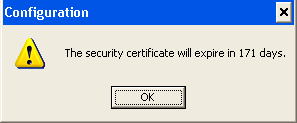IP Office is very strong in building a network of multiple systems that feels like a single PBX for the end user. Users can call each other between sites as if they are local. You can build hunt groups with members from different sites and users can have remote users on their phone’s buttons and many more. Technically you just have to build a SCN (Small Community Network) connection between the systems and you are done. The systems exchange all relevant data of the remote systems (like users, hunt groups) and know the best way to reach a remote user.
The challenge
Most times each site has it’s own PSTN connection but internal calls are handled through the SCN connection. But what happens if the connection between sites is lost? That can happen easily if the VPN fails.
Even if it is not officially documented, Avaya built in a fallback mechanism that can help you to manage such situations. There you can define what should be dialed by IPO over PSTN to reach a user if the SCN trunk is down. Continue reading
